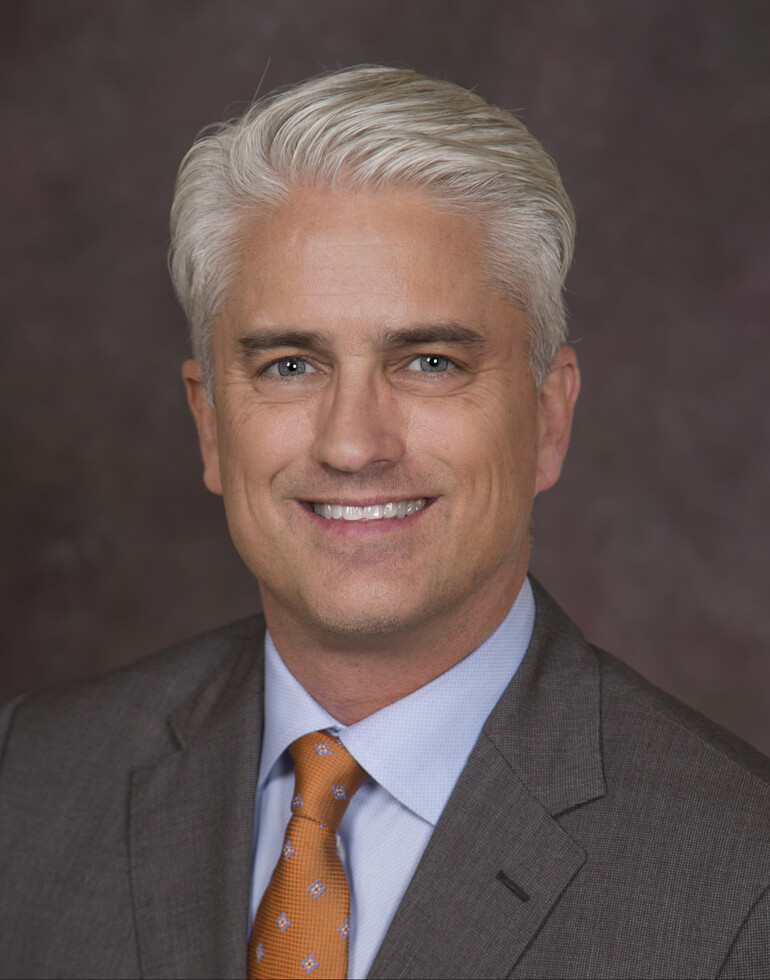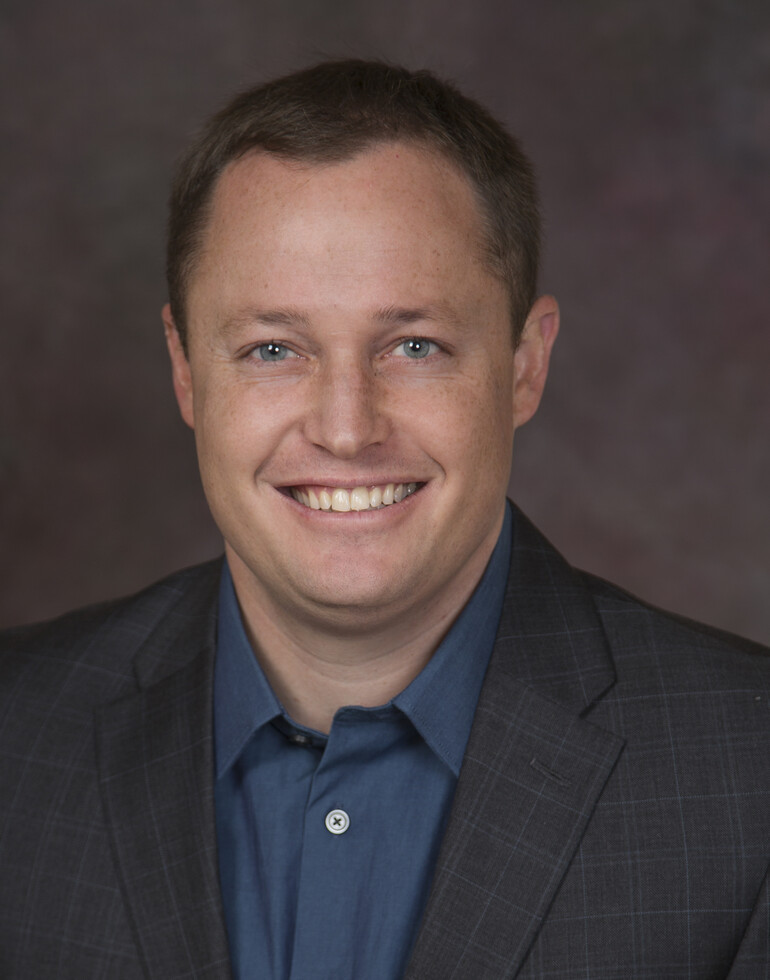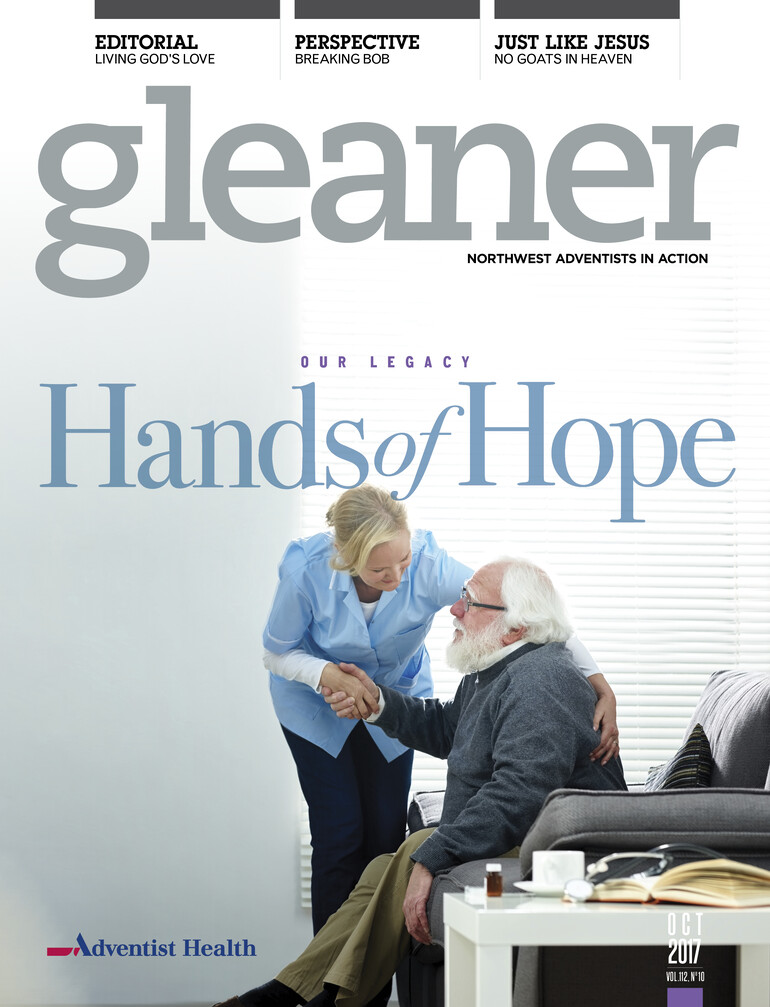Seventh-day Adventists have been involved in health care for more than 150 years. The impetus for this was not only prophetic calling, but a clear understanding that we are supposed to grow the kingdom of God using Christ’s model of caring for "the least of these" and using healing and wholeness as an opportunity to live the gospel.
The legacy of Adventist Health has always been a healing focus for communities as well as the individual. In the climate of today’s health care discussion, Adventist Health has a tremendous opportunity to continue and even expand their ministry in this trajectory.
Our goal is to transform lives and communities — through our mission of “living God’s love by inspiring health, wholeness and hope.”
To this end, Adventist Health has developed what is called the Mission Integration Model, a framework for a future of expanded service and community transformation featuring three key areas: calling, culture and community.
Calling is a reflective personal journey where we ask ourselves who we are, what is our purpose and why do we exist. Culture is how we embed our calling into our everyday lives and as an organization how we can expand that into the communities we serve. We recognize our communities are facing complex challenges, and Adventist Health is committed to being a part of the solution.
The mission integration team, led by Dustin Aho, vice president of mission integration, has developed this model and is working to make it a reality. Prior to joining Adventist Health in 2016, Dustin was the administrative pastor at Loma Linda University Church. Along with Paul Crampton, assistant vice president of mission integration, the team will work with leaders throughout our organization to implement the newly developed model.
Our calling, as Adventist Health, is to embed the principles of Jesus into our care, our community and our culture. To this end, we are excited about building the Mission Integration Model into everything we do, particularly where we intersect with our patients, partners and community.












